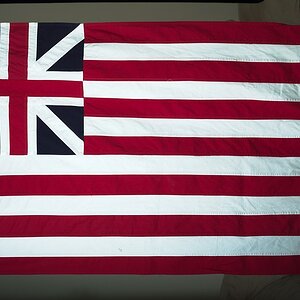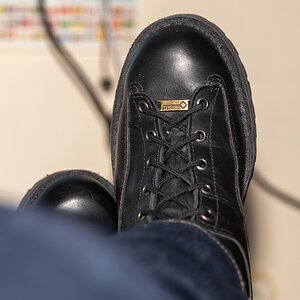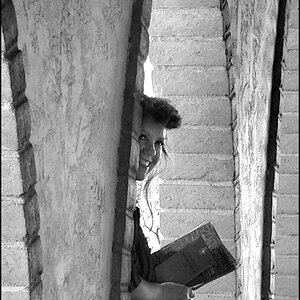Sarmad
No longer a newbie, moving up!
- Joined
- Aug 4, 2012
- Messages
- 420
- Reaction score
- 156
- Location
- Mansehra, Pakistan
- Website
- 500px.com
- Can others edit my Photos
- Photos OK to edit
I've a problem with my viewfinder. I wear glasses. When I shoot through my viewfinder, I often miss the corners of the shot. They are not perfectly visible to me. Numerous times after taking a shot, I find out there was some unwanted object poking in from one of the corners. Now I compose the shot, and one after other look at all the corners. but as I separately look at the corners, the crop is disturbed when I individually adjust the corners, because if I compose the shot by cropping some object off the first corner, I might later move the camera in some way to make adjustment for something in one of the other corners, thus getting unwanted objects back where they were. The problem in short is, I can't see the whole frame through my viewfinder (not LCD), probably because I wear glasses. Are there any adjustments I should make?




![[No title]](/data/xfmg/thumbnail/41/41821-2e92de82ffc4cd2d520a8fa10fb8b6a5.jpg?1619739905)

![[No title]](/data/xfmg/thumbnail/35/35266-f58b019dadff6920c09071a847f052c3.jpg?1619736970)
![[No title]](/data/xfmg/thumbnail/33/33030-2d80455c47ebf5f145e0bd5064267aea.jpg?1619735844)





